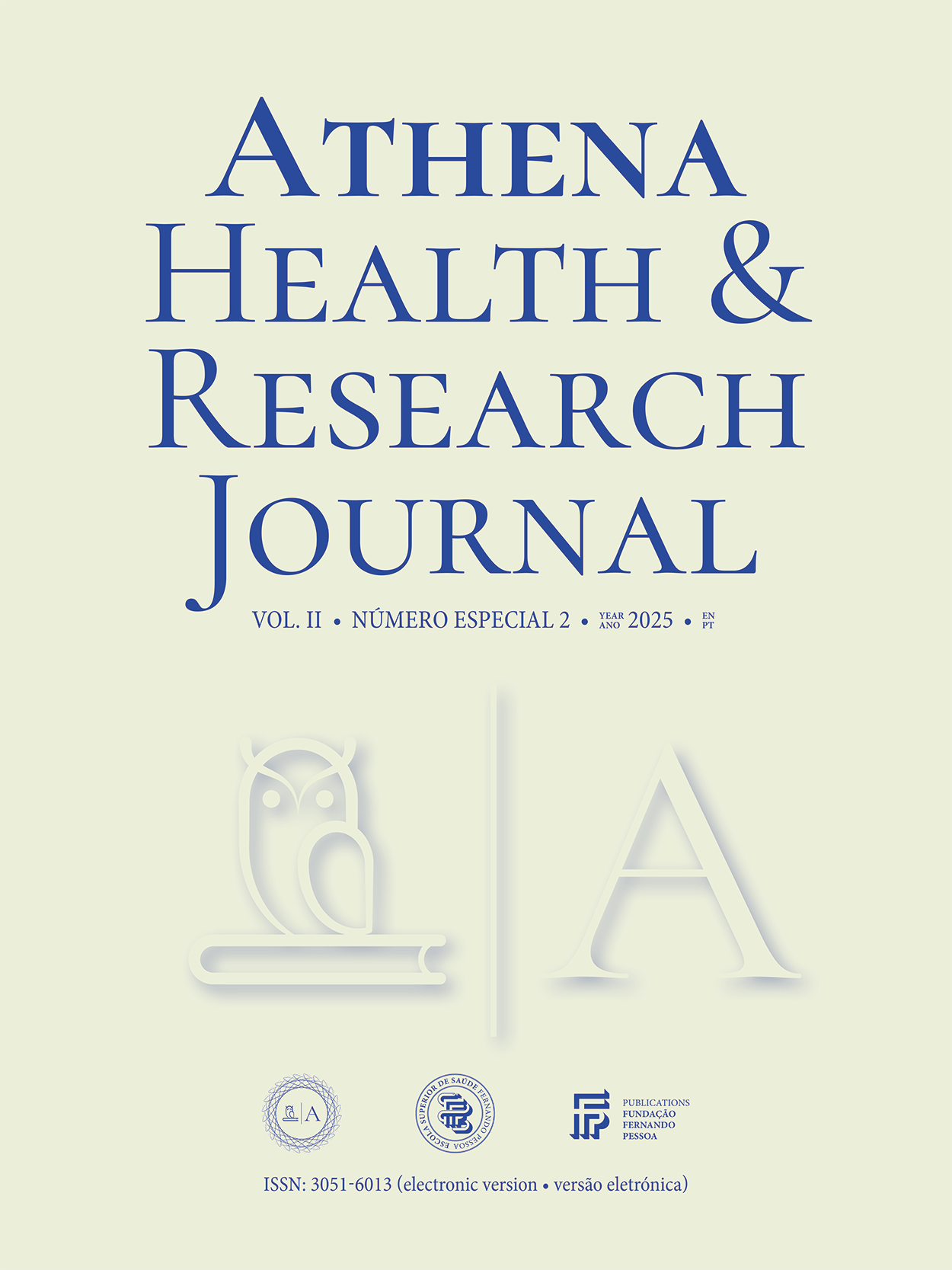The role of ultrasound in orofacial harmonization: a literature review
DOI:
https://doi.org/10.62741/ahrj.v2iSuppl.%202.105Keywords:
ultrasound, orofacial harmonization, orofacial anatomy, diagnosisAbstract
Introduction: The use of ultrasound in orofacial harmonization has revolutionized treatments, providing greater safety and precision for healthcare professionals. This technology enables real-time visualization of internal facial structures, reducing risks and optimizing clinical practice in orofacial harmonization. Consequently, the use of ultrasound enhances outcomes and increases the predictability of treatments.
Objective: To analyze the effectiveness of ultrasonography in facial procedures for orofacial harmonization, highlighting its valid use as a precision tool for diagnosis, planning, execution, and postoperative follow-up.
Methodology: A literature review was conducted using articles from the PubMed, B-On, and Google Scholar databases, limited to the period 2015–2025. The keywords used were: “Ultrasound,” “Orofacial Harmonization,” “Orofacial Anatomy,” and “Diagnosis.” Inclusion criteria were the presence of these keywords in the publication, and full-text articles published in English or Portuguese. Exclusion criteria included duplicate articles and publications whose content did not correspond to the proposed topic.
Results: The use of ultrasonography increases the accuracy of diagnosis and treatment planning, improves the prevention of complications, and optimizes outcomes and safety in clinical procedures. Ultrasonic images are produced by ultrasonic pulses transmitted to the tissues through a probe, generating a piezoelectric effect, whereby different tissues reflect varying degrees of sound. Ultrasound in orofacial harmonization allows for comprehensive facial mapping, including skin and subcutaneous thickness, tendons, muscles, joints, vessels, and organs. It is therefore an important tool for analyzing maxillofacial fractures, periapical lesions, and cervical lymphadenopathies, as well as for evaluating the masticatory and cervical muscles, temporomandibular joint, and salivary glands. Moreover, ultrasound is essential for identifying high-risk anatomical areas, enabling detailed visualization of the vascular complexity in these regions. It facilitates the analysis of previous treatments by detecting and identifying fillers, assessing arterial and arteriovenous malformations, and studying age-related changes. Consequently, it contributes to more precise selection of orofacial harmonization procedures and biomaterials, such as hyaluronic acid, botulinum toxin, biostimulators, and botulinum peptides, among others.
Discussion Ultrasonography enhances the precision and safety of orofacial harmonization procedures, but its benefits are dependent on the clinician’s proficiency with this imaging modality.
Conclusions: Currently, therapeutic success in orofacial harmonization increasingly depends on the incorporation of ultrasonography into clinical practice. The use of ultrasound with high-frequency linear probes (7.5–12 MHz) can generate high-resolution images of the head and neck regions. As a non-ionizing examination, it offers advantages such as the ability to perform regular follow-ups without complications or health risks to the patient, enabling continuous and precise assessment and contributing to safer and more predictable procedures. A disadvantage arises when the dental practitioner is not familiar with this complementary diagnostic tool, potentially limiting its clinical benefits for patients.
References
NA
Downloads
Published
Issue
Section
License
Copyright (c) 2025 Athena Health & Research Journal

This work is licensed under a Creative Commons Attribution-NonCommercial 4.0 International License.
Copyright of published papers is assigned to the Journal, but all content is licensed under the terms of Creative Commons Non-comercial 4.0 International License. Thus users are allowed to read, download, copy, distribute, print, search, or link to the full texts of the articles, or use them for any other lawful purpose, without asking prior permission from the publisher or the author. This is in accordance with the BOAI definition of open access.














